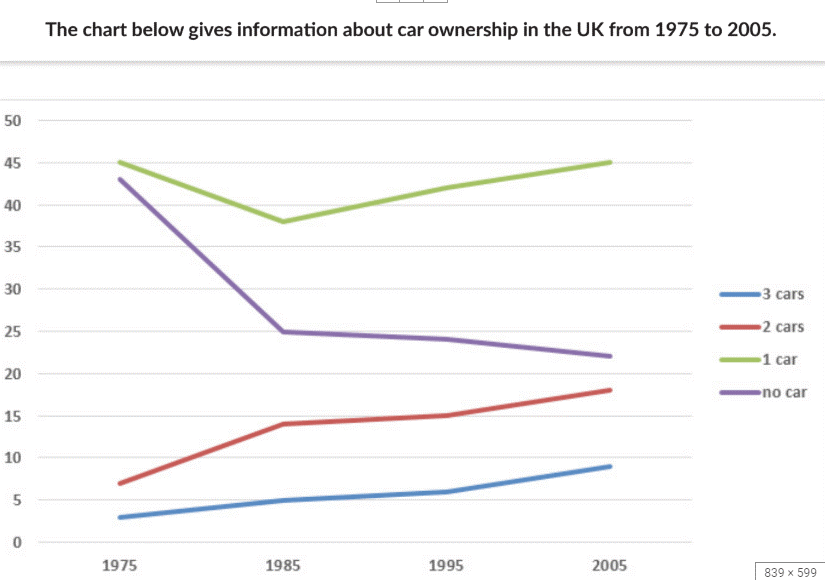Iloveielts
Jul 24, 2022
Writing Feedback / Companies are increasingly inclined to adopt offices with open space in lieu of separate rooms [4]
Nowadays, a lot of offices have open-space design instead of separate rooms.
It is observed that several companies are increasingly inclined to adopt offices with open space in lieu of separate rooms for their employees. While this practice could present issues relating to adverse risks to health, I contend that the fostering of closer collaboration among colleagues outweigh the such disadvantages.
On the one hand, working in an open-space environment may leave staff susceptible to contagious disease. As they are situated closer together, a great deal of contact on a daily basis is inevitable. This, in the process, turns out to be a genuine cataclysm to the spread of various pathogens. A case in this point is Corona epidemic disease since companies applying open-space design witnessed a substantial increase in their employees' positive cases which could be alleviated in case of separate rooms. Consequently, their productivity was detrimentally affected, even leaving the companies bankrupted. As it shows, open offices have to confront the health problem.
On the other hand, I believe that its social consolidation may stand a testimony to this innovation. Obviously, congregating in the same room could create ample opportunities for staff to converse with each other. This, therefore, could foster great inclusion in that employees could confide their troubles to their colleague as well as solve their problems relating to workload. A plethora of large companies nowadays divide their human resource into such major brand as Marketing or Administrative where specialized staff could work together in a large space. By that way the firms could not only engender better social relations but also contend with problems systematically.
In conclusion, while applying open-space design to offices instead of separate rooms could face with several downsides, these are outweighed by the stimulation of collaboration and inclusion between employees. It is predicted that separate rooms will be phased out to make room for the open-space environment.
Nowadays, a lot of offices have open-space design instead of separate rooms.
Do the advantages outweigh the disadvantages?
It is observed that several companies are increasingly inclined to adopt offices with open space in lieu of separate rooms for their employees. While this practice could present issues relating to adverse risks to health, I contend that the fostering of closer collaboration among colleagues outweigh the such disadvantages.
On the one hand, working in an open-space environment may leave staff susceptible to contagious disease. As they are situated closer together, a great deal of contact on a daily basis is inevitable. This, in the process, turns out to be a genuine cataclysm to the spread of various pathogens. A case in this point is Corona epidemic disease since companies applying open-space design witnessed a substantial increase in their employees' positive cases which could be alleviated in case of separate rooms. Consequently, their productivity was detrimentally affected, even leaving the companies bankrupted. As it shows, open offices have to confront the health problem.
On the other hand, I believe that its social consolidation may stand a testimony to this innovation. Obviously, congregating in the same room could create ample opportunities for staff to converse with each other. This, therefore, could foster great inclusion in that employees could confide their troubles to their colleague as well as solve their problems relating to workload. A plethora of large companies nowadays divide their human resource into such major brand as Marketing or Administrative where specialized staff could work together in a large space. By that way the firms could not only engender better social relations but also contend with problems systematically.
In conclusion, while applying open-space design to offices instead of separate rooms could face with several downsides, these are outweighed by the stimulation of collaboration and inclusion between employees. It is predicted that separate rooms will be phased out to make room for the open-space environment.







